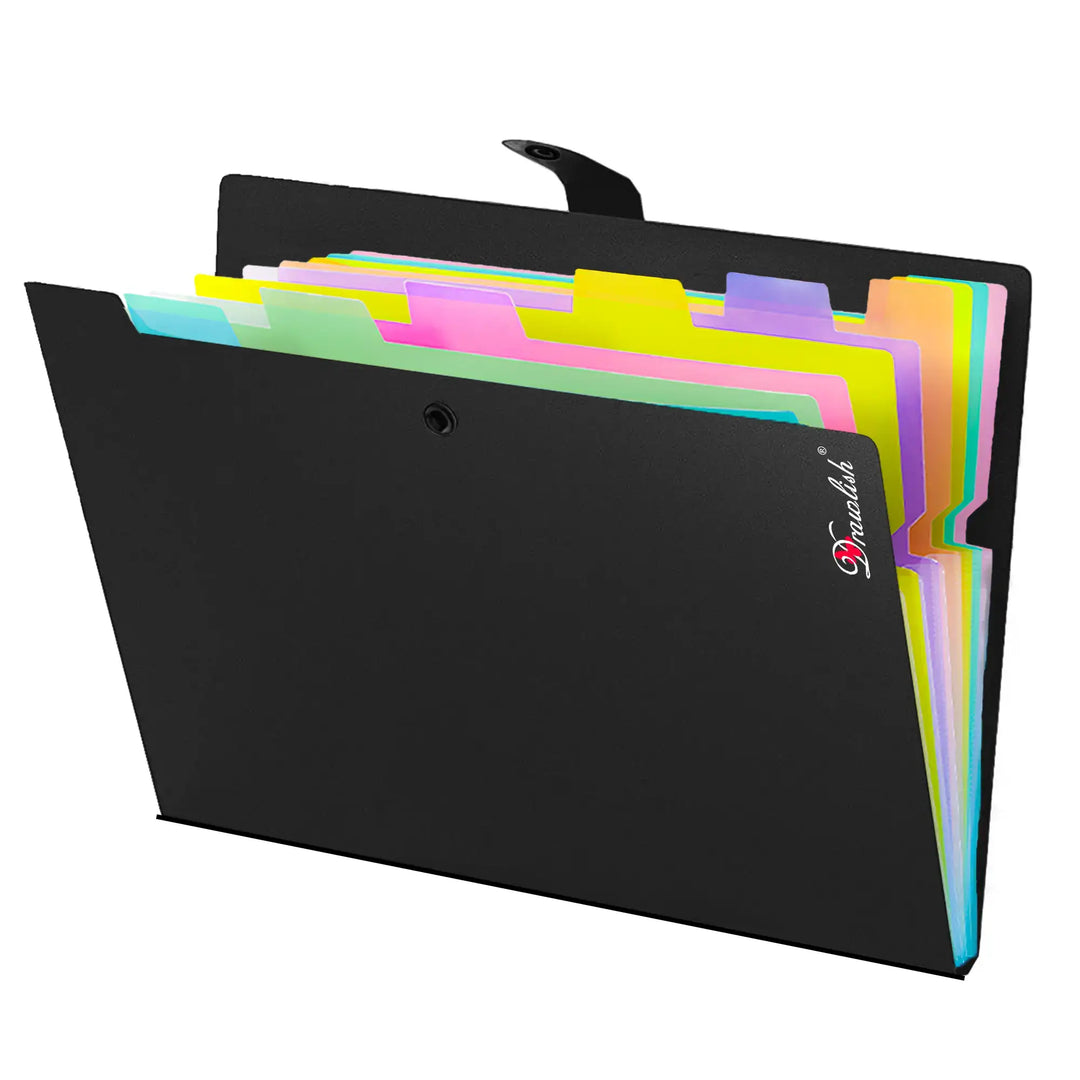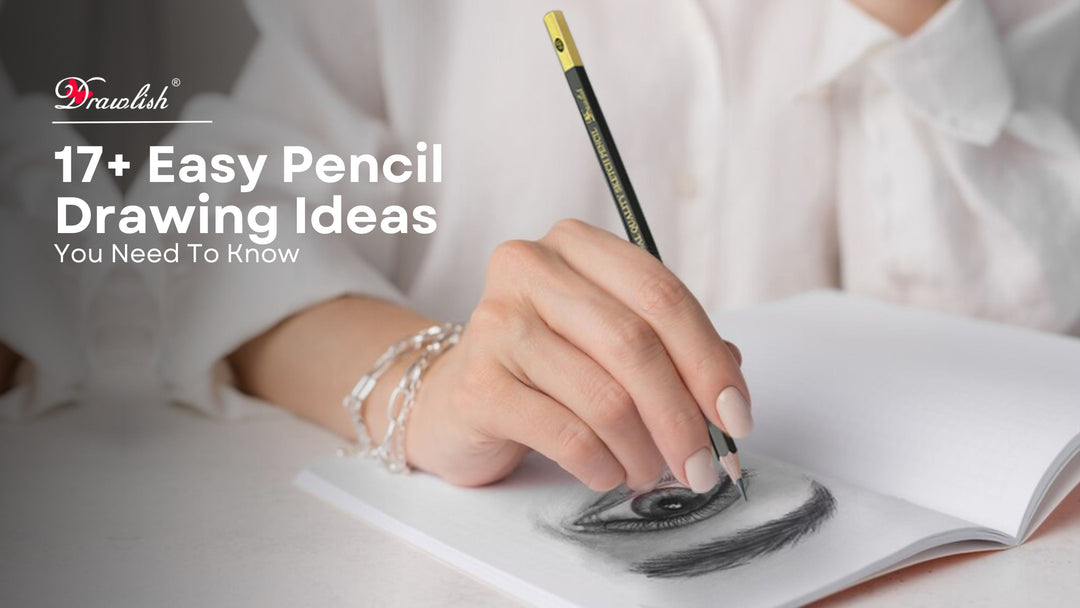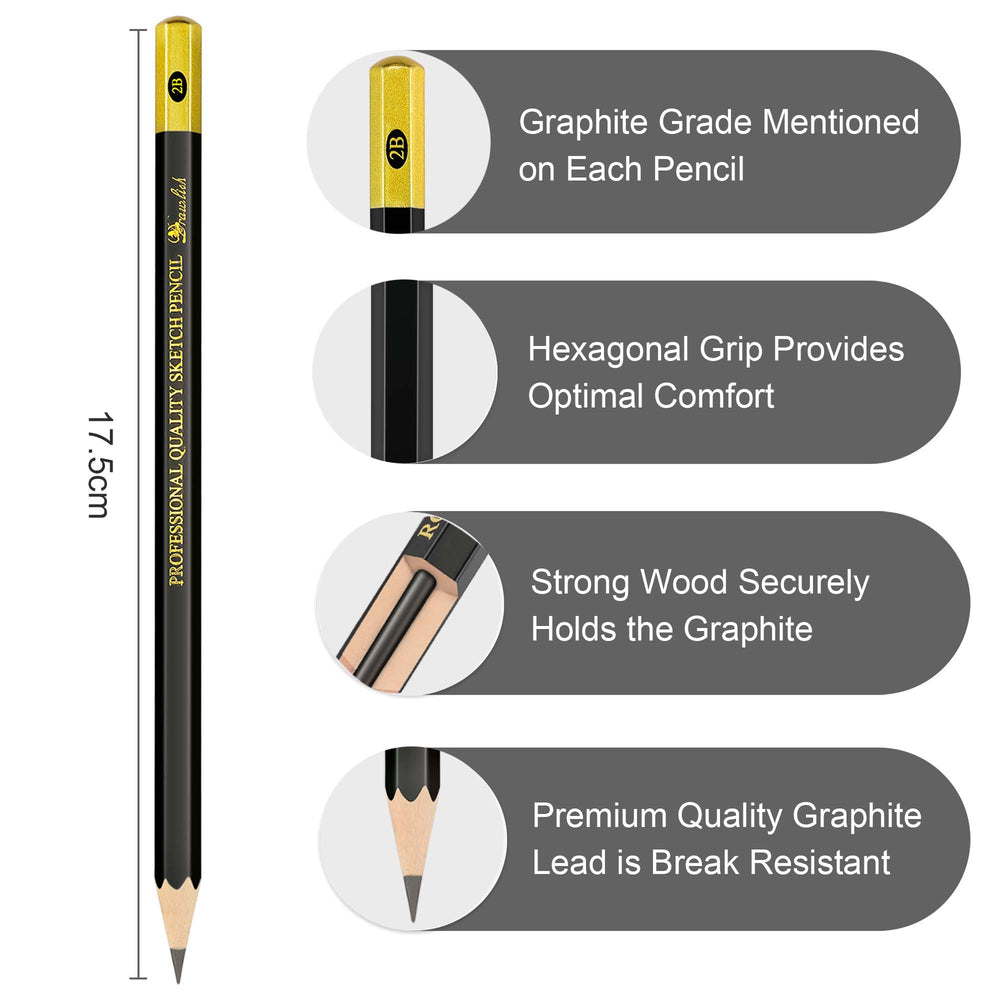How to Mix Colors and Nail the Right Shade: Paint Like a Pro
Ever started mixing paint for your project and found yourself stuck with a completely different color than you imagined? You’re not alone. Mixing paint colors can seem tricky, but with the right approach, you can master it and achieve the exact shade you want every time. Whether you're an artist working on a canvas or painting furniture, knowing how to get the right hue will take your work to the next level.
In this blog, we'll get into essential techniques, tips, and tricks for color mixing that will make the process both fun and foolproof. Let’s unlock the secrets to painting success!

Must-Have Tools for Perfect Color Mixing
To mix colors effectively, having the right tools on hand is crucial:
- Drawlish Palette or Mixing Board: A clean, smooth surface for combining colors.
- Palette Knife: Essential for even mixing and color consistency.
- Quality Drawlish Acrylic Paints: Invest in good paints to get better results. The pigment and texture of your paint affect the outcome, so choose wisely!
- Brushes for Testing: A few brushes to test your mixes before you paint your masterpiece.
Understanding the Basics of Color Mixing
Before diving into mixing techniques, it’s important to understand the basics of the color wheel. Knowing primary, secondary, and tertiary colors can save you from wasting paint and time.
Primary Colors
- Red
- Blue
- Yellow
These three colors cannot be created by mixing other colors, but they’re the building blocks for every other shade.

Secondary Colors
When you mix two primary colors, you get secondary colors:
- Red + Blue = Purple
- Blue + Yellow = Green
- Red + Yellow = Orange

Tertiary Colors
Mixing a primary color with a neighboring secondary color results in tertiary colors, like red-orange or blue-green. With this knowledge, you can already create an extensive palette of colors just from the basics.

The Key to Getting the Right Color
| Step | Tip |
| Start Small | Always mix small amounts of paint first. Adding more is easier than fixing large quantities. Use a small palette or mixing board for control. |
| Use a Palette Knife | A palette knife ensures smoother and more consistent mixing than a brush, helping you see the true color before application and preventing waste. |
| Add Dark Colors Slowly | Add dark colors (like black) in small increments when darkening a shade. Too much can make the color muddy. Slowly adjust to get the perfect darker shade. |
| Lighten with White – Carefully! | Gradually add white to lighten colors, starting with your base. White can easily overpower, so mix cautiously. Add yellow for more vibrancy when lightening bright colors. |
| Test on Scrap Paper or Canvas | Always test the mixed color on scrap paper or canvas before using it. Wet paint can look different when it dries, so testing gives you an accurate preview. |
| Use Complementary Colors | Tone down overly bright colors by adding a touch of their complementary color from the color wheel. For example, add a hint of red to neutralize an intense green. |
| Know When to Stop | Avoid over-mixing once you've achieved your desired color. Over-mixing can dull the paint and reduce its vibrancy, so stop once you're happy with the result. |

Troubleshooting Common Paint Mixing Mistakes
Even with practice, mistakes happen! Here are some common issues and how to fix them:
Too Much of One Color
Added too much red? Try balancing it out by adding more of the opposite primary color (in this case, yellow or blue) to bring it back to the shade you want.
Muddy Colors
If your colors are coming out muddy, you’re likely mixing complementary colors without realizing it. Be mindful of the color wheel, and use a clean mixing tool to avoid contamination.
Colors Look Different When Dry
If your mixed colors dry lighter or darker than expected, try using less white or black when mixing. Testing different brands of paint can also help, as some have more accurate drying tones.

Learn More About Creating Hues
Ready to take your color mixing skills to the next level? Watch these tutorials on the Drawlish YouTube Channel to learn how to create some unique and beautiful hues:
- Navy Blue + Sky Blue + White: Watch here
- Royal Blue + Indigo + White: Watch here
- Yellow + Green + White: Watch here
- Blue + Black + Cyan: Watch here
- Pink + Purple + Sky Blue + Green + White: Watch here
- Yellow + Orange + Red + White: Watch here
- Blue + Orange: Watch here
These videos will guide you step by step, helping you create new shades with confidence. For all your paint supplies, check out Drawlish Acrylic Paint, perfect for both beginners and pros alike!

Practice Makes Perfect
Don’t be discouraged if you don’t get the perfect color on the first try! Mixing paint is both an art and a science, and the more you practice, the more intuitive it will become. The key is to stay patient, work methodically, and embrace the learning process.
Whether you’re mixing to paint a stunning sky or creating a custom shade for a DIY project, these tips will help you achieve the color you want every time.
Related Blogs:







Leave a comment